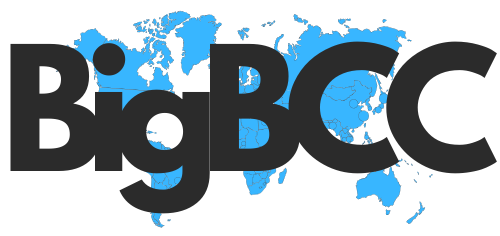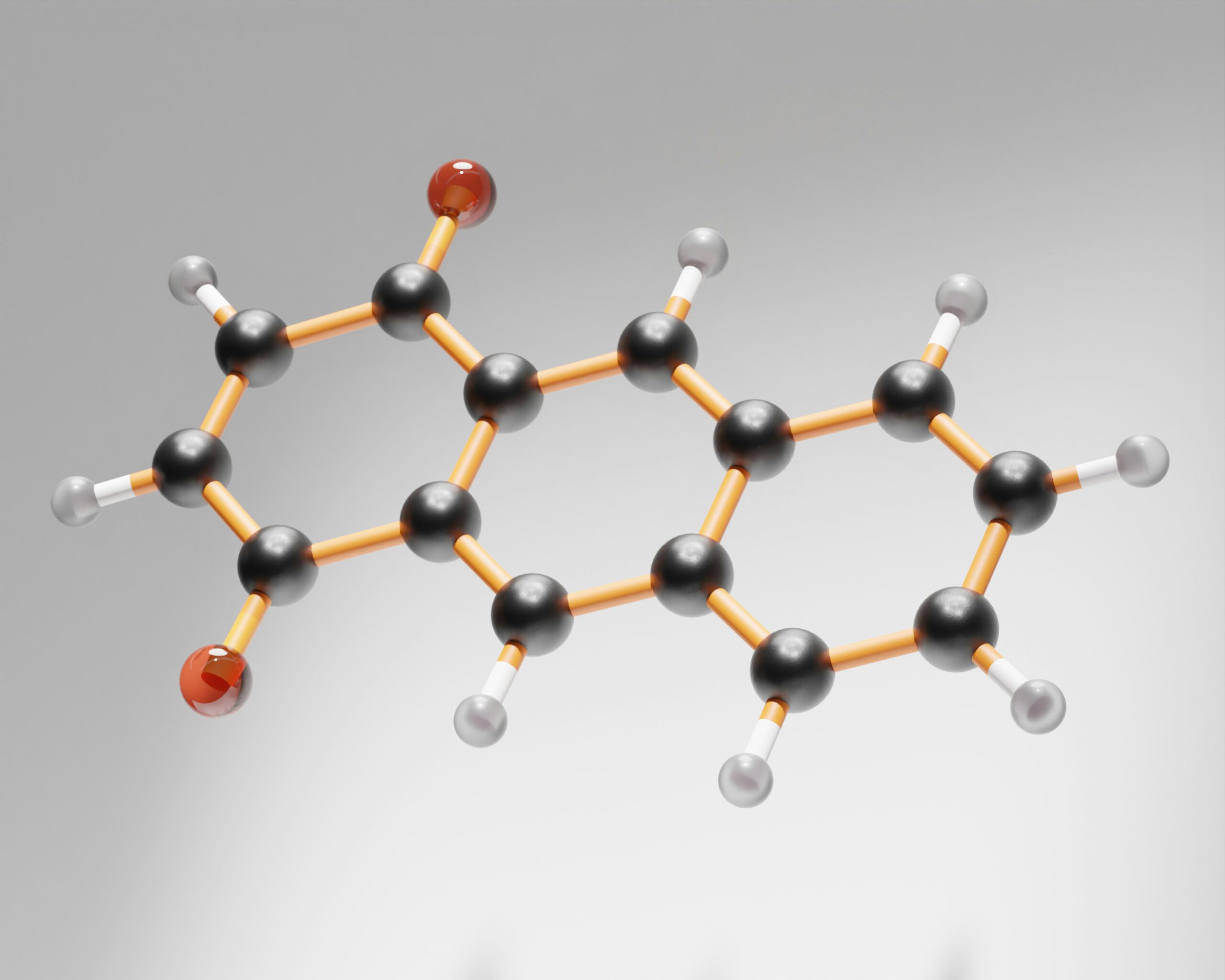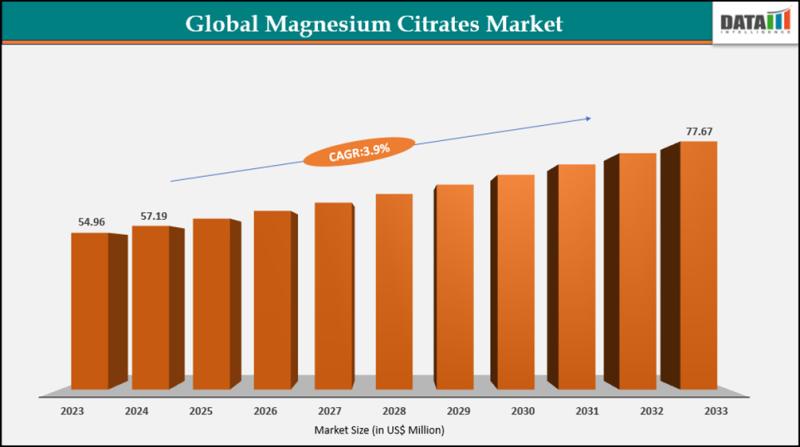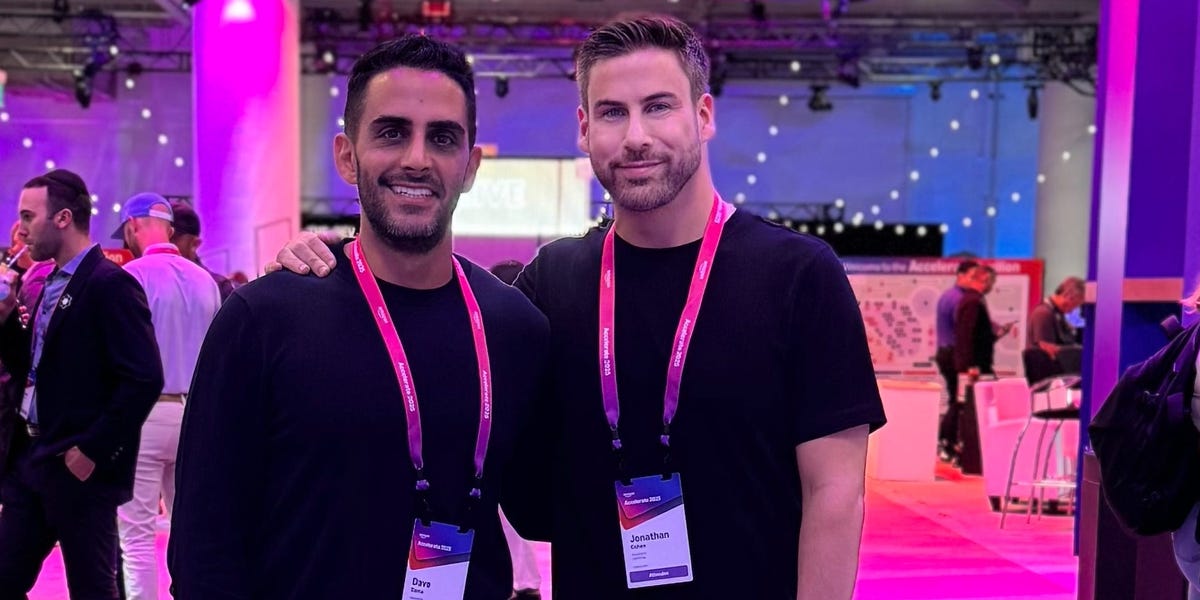The United States oligonucleotide Contract Development and Manufacturing Organization (CDMO) market is gaining momentum as the biotechnology and pharmaceutical industries intensify their investments in oligonucleotide-based therapeutics, personalized medicine, and advanced genetic tools. The global market, valued at US$2.33 billion in 2023 and reaching US$2.51 billion in 2024, is projected to grow at a compound annual growth rate (CAGR) of 21.8% between 2024 and 2029, ultimately achieving a valuation of US$6.73 billion by the end of the forecast period.
The U.S. market plays a central role in this trajectory, benefitting from its robust infrastructure, regulatory environment, and a strong presence of leading biopharmaceutical companies and research institutions. As drug developers increasingly turn to CDMOs to handle the complexities of oligonucleotide synthesis, purification, and scale-up, the U.S. industry is positioned at the forefront of global expansion.
Key Market Drivers
Growing Focus on Oligo-Based Therapeutics
The demand for oligonucleotide-based therapeutics is one of the most powerful drivers of CDMO growth in the U.S. market. These molecules—including antisense oligonucleotides (ASOs), small interfering RNAs (siRNAs), and aptamers—are revolutionizing drug discovery due to their ability to target genes previously considered “undruggable.”
The approval of therapies such as Inclisiran (Novartis) and Spinraza (Biogen) has validated oligonucleotide-based approaches, sparking further innovation. However, the synthesis and manufacturing of these molecules involve highly specialized processes, from solid-phase synthesis to high-performance liquid chromatography (HPLC). CDMOs are filling a crucial role by offering scalable, GMP-compliant solutions that many biotech and pharma firms lack in-house.
Expanding Personalized and Precision Medicine Landscape
The shift toward personalized medicine—where therapies are designed to target specific genetic profiles—continues to bolster demand for oligonucleotide CDMO services. These therapies require tailored production processes, stringent quality control, and regulatory expertise, all areas in which U.S.-based CDMOs excel.
Market Restraints
Complexities of Oligonucleotide Manufacturing
Despite rapid progress, oligonucleotide manufacturing remains a technically challenging and capital-intensive process. Each synthesis step must be carried out with extreme precision to avoid impurities that can compromise safety and efficacy. Advanced modifications, such as GalNAc conjugates for targeted delivery, add additional layers of complexity.
Scaling up production from small clinical batches to commercial volumes presents significant hurdles. For CDMOs, this often means heavy investment in infrastructure, technologies, and workforce training. While the U.S. market benefits from a strong foundation, high costs and environmental compliance requirements remain obstacles to rapid expansion.
Emerging Opportunities
CRISPR-Cas9 Applications Fueling Demand
One of the most exciting opportunities lies in the expanding use of oligonucleotides in CRISPR-Cas9 gene-editing applications. Synthetic guide RNAs, designed using oligos, enable precise editing of DNA sequences, opening doors to treatments for a wide range of genetic disorders.
CDMOs in the U.S. are increasingly positioning themselves to serve this high-growth segment by offering cutting-edge synthesis platforms, rapid turnaround times, and the regulatory expertise needed for novel therapies. The potential for CRISPR to transform medicine provides fertile ground for long-term partnerships between research institutions and CDMOs.
Environmental and Supply Chain Challenges
Sustainability Pressures on Manufacturing
The oligonucleotide production process generates substantial volumes of hazardous waste, including acetonitrile and other organic solvents. U.S. manufacturers face stringent regulations under frameworks such as the Resource Conservation and Recovery Act (RCRA), compelling CDMOs to adopt more sustainable practices.
Innovations in green chemistry, solvent recycling, and waste management are becoming critical differentiators. CDMOs that proactively address sustainability concerns are likely to gain a competitive edge in both regulatory compliance and client trust.
Market Segmentation Insights
Contract Manufacturing Dominates
In 2023, the contract manufacturing segment accounted for the largest share of the U.S. oligonucleotide CDMO market. Biopharmaceutical companies increasingly rely on outsourcing to overcome the complexity and costs of in-house production. CDMOs’ ability to deliver high-purity, GMP-compliant oligonucleotides across clinical and commercial stages has cemented their dominance.
Notably, the commercial manufacturing sub-segment is projected to grow at a significant CAGR through 2029. The rising number of approved oligonucleotide drugs and the need for large-scale production are driving this trend. CDMOs that invest in continuous synthesis and automated purification systems will be best positioned to capture market share.
Regional Dynamics
North America Leads the Way
North America, particularly the United States, remains the global leader in the oligonucleotide CDMO market. The region’s advantages include:
Strong regulatory support from the FDA.
Advanced infrastructure and high-throughput technologies.
Favorable intellectual property frameworks.
Access to a highly skilled scientific workforce.
The combination of these factors ensures the U.S. will continue to attract biopharma investment and maintain its dominant position globally.
Key Market Players
Several U.S. and international companies are shaping the oligonucleotide CDMO landscape. Major players include:
Thermo Fisher Scientific Inc. (U.S.)
Agilent Technologies, Inc. (U.S.)
GenScript (U.S.)
Danaher Corporation (U.S.)
Lonza (Switzerland)
Bachem (Switzerland)
WuXi AppTec (China)
ST Pharm (South Korea)
Ajinomoto Co., Inc. (Japan)
With their global reach, strong portfolios, and advanced platforms, these players are expected to shape the competitive dynamics of the U.S. market in the coming years.
Outlook
The U.S. oligonucleotide CDMO market is entering a transformative phase marked by rapid innovation, increasing outsourcing, and growing applications in both therapeutic and research domains. With the global market set to grow at 21.8% CAGR through 2029, CDMOs that focus on advanced manufacturing technologies, sustainable practices, and regulatory excellence are positioned to capture long-term value.
As precision medicine, CRISPR-Cas9, and oligo-based drug pipelines expand, the United States will remain a hub of opportunity and innovation, reinforcing its role as a global leader in oligonucleotide CDMO services.








